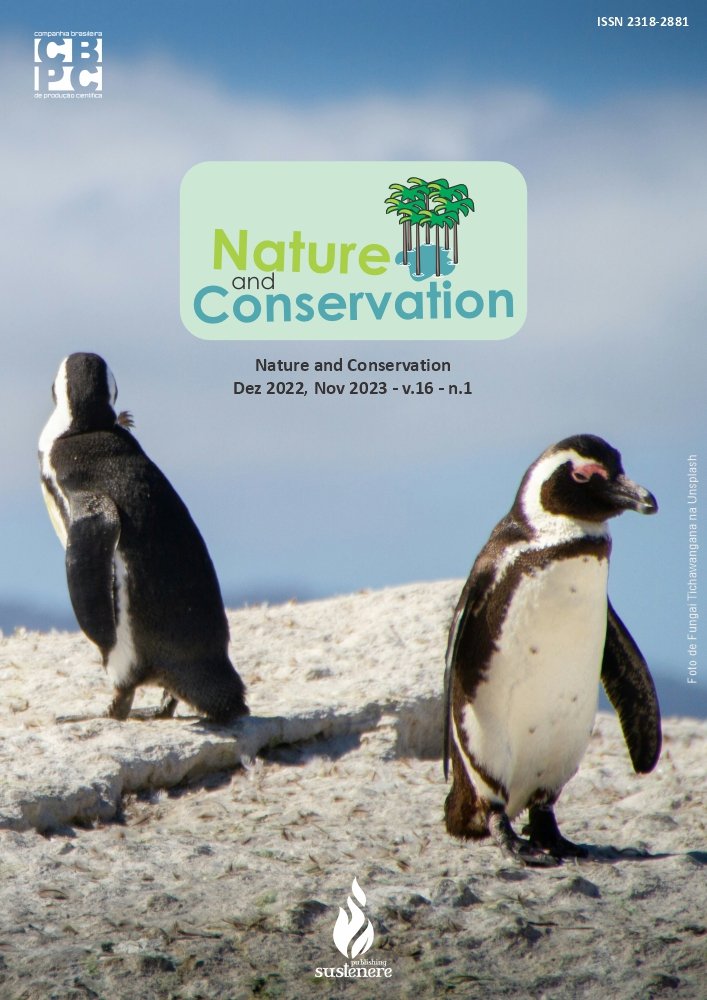Land use in the Cabaçal River watershed and estimated on the runoff coefficient
DOI:
https://doi.org/10.6008/CBPC2179-6858.2021.012.0023Keywords:
Water resource, Use of the soil, DeforestationAbstract
Hydrographic basins are areas delimited by watersheds containing a drainage system composed of springs and main and secondary watercourses. When these are occupied without planning, they generate numerous consequences, such as the exploitation of natural resources, increased deforestation, urban occupations in inadequate areas, among others. These practices accelerate the processes of environmental degradation in hydrographic basins, also compromising the quality and quantity of available water resources. This research aimed to carry out evaluations of the evolution of land use and land cover and estimate the impact of the mean runoff coefficient in the period from 1985 to 2020 in the Cabaçal River watershed. To carry out the research, the basin was delimited using the Digital Elevation Model (DEM) and the QGIS Watershed tool, and then the classification of land use and land cover for the years 1985, 2000, 2010 and 2020 using images from the TM/Landsat 5 and OLI/Landsat 8 sensors. The estimate of the mean runoff coefficient was made using the pedology, land use and land cover and slope maps. Forest area reduced 59% from 1985 to 2020, while pasture and cultivated land areas increased by 81% and 48%, respectively. The mean runoff coefficient increased approximately 5% in the period studied, showing that the reduction of forest areas did not have a high impact on the mean runoff coefficient.
Downloads
Downloads
Published
Issue
Section
License
Copyright (c) 2021 Ibero-American Journal of Environmental Sciences

This work is licensed under a Creative Commons Attribution-NonCommercial-NoDerivatives 4.0 International License.
The CBPC - Companhia Brasileira de Produção Científica (Brazil CNPJ: 11.221.422/0001-03) the material rights of the published works. The rights relate to the publication of the work anywhere in the world, including rights to renewals, expansions and dissemination of the contribution, as well as other subsidiary rights. All electronically published works may subsequently be published in printed collections under the coordination of this company and / or its partners. The authors preserve the copyright, but are not allowed to publish the contribution in another medium, printed or digital, in Portuguese or in translation.









